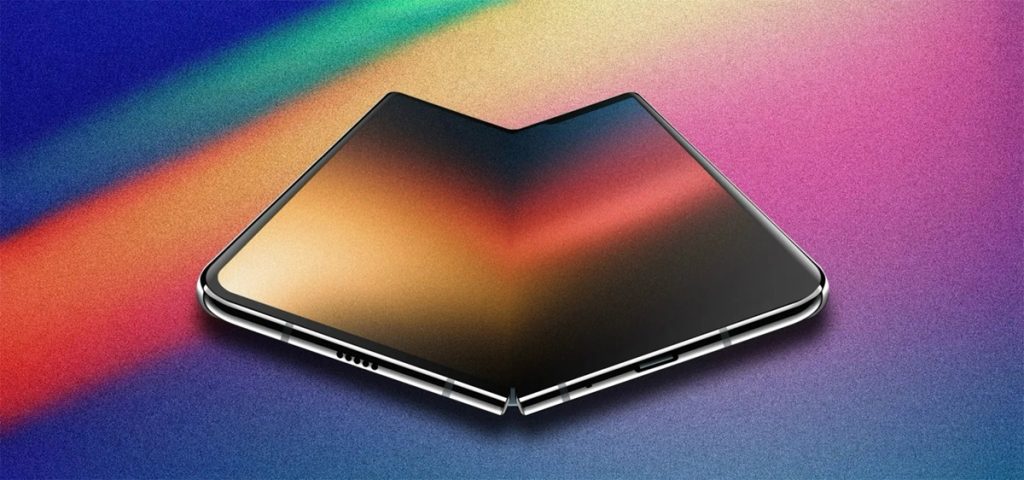
Apple’s first-generation foldable iPhone is drawing attention as new predictions from analyst Ming-Chi Kuo provide insights into its design, features, and release timeline. Here’s what we know so far:
Features and Specifications
Kuo believes the foldable iPhone will adopt a book-style design, with an approximately 7.8-inch crease-free inner display and a 5.5-inch outer display. The device will measure 9–9.5mm thick when folded and just 4.5–4.8mm when unfolded.
The hinge will blend stainless steel and titanium alloy, while the casing will feature titanium alloy for durability and elegance. The phone will include a dual-lens rear camera and a front-facing camera for both folded and unfolded modes. Kuo expects the device to rely on Touch ID via a side button, as Face ID might not be included due to thickness and internal space challenges.
Positioned as a “True AI-driven Phone,” it will emphasize multimodal functionality and cross-app integration. The larger screens are expected to elevate the user experience by supporting simultaneous tasks, such as chatting with AI while viewing a map app, Kuo said.
Pricing and Market Position
The foldable iPhone will debut in the premium segment, with an estimated price range of $2,000 to $2,500, Kuo noted. Despite the high cost, it is expected to attract strong interest from Apple’s loyal customer base, provided it meets quality standards.
Development Schedule and Production Details
According to Kuo, Apple plans to finalize the foldable iPhone’s specifications by Q2 2025, with the project starting in Q3 2025. Mass production is expected to begin by Q4, 2026, with shipment projections of 3–5 million units for the initial year.
The second-generation foldable iPhone, slated for 2H 2027, could drive combined foldable iPhone shipments to reach 20 million units by the end of 2027, Kuo added. However, the complex nature of the first-generation model will limit production volumes in its early years.
